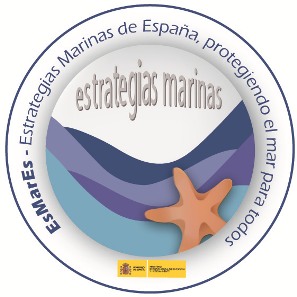Pelagic Habitats -plankton in the North Atlantic and Canary Islands Marine Demarcation (9-ESMARES3-HPATL)
Project 9-ESMARES3-HPATL articulates the ‘Environmental assessment of pelagic habitats (plankton) in the North Atlantic (NOR) and Canary Islands (CAN) Dermarcations in the context of the third cycle of the Marine Strategies (EEMM), whose general coordinator project is ESMARES3. It is part of the oceanography, pelagic environment and eutrophication projects, and is therefore closely related to the projects 10-ESMARES3-HPMED (Evaluation of pelagic habitats in the Mediterranean and Gulf of Cadiz), 11-ESMARES-EUT (Evaluation of eutrophication) and 12-ESMARES-C6 (Evaluation of hydrographic conditions, climate change and acidification). The monitoring and evaluation of pelagic habitats in the context of the Marine Strategy Framework Directive (MSFD) is based on indicators based on plankton, given that it has a series of characteristics (short life cycles, sensitivity to environmental conditions, relevant role in the functioning and dynamics of the ecosystem) that make it ideal for the environmental management of a highly dynamic and variable environment such as the pelagic environment. The planktonic component of the ecosystem directly informs on different aspects related to the diversity descriptor (D1), as well as the descriptors of trophic networks (D4) and eutrophication (D5), so common indicators based on plankton have been proposed for these descriptors. It is also related to aspects of the descriptors of allien species (D2) and integrity of the seabed (D6).



